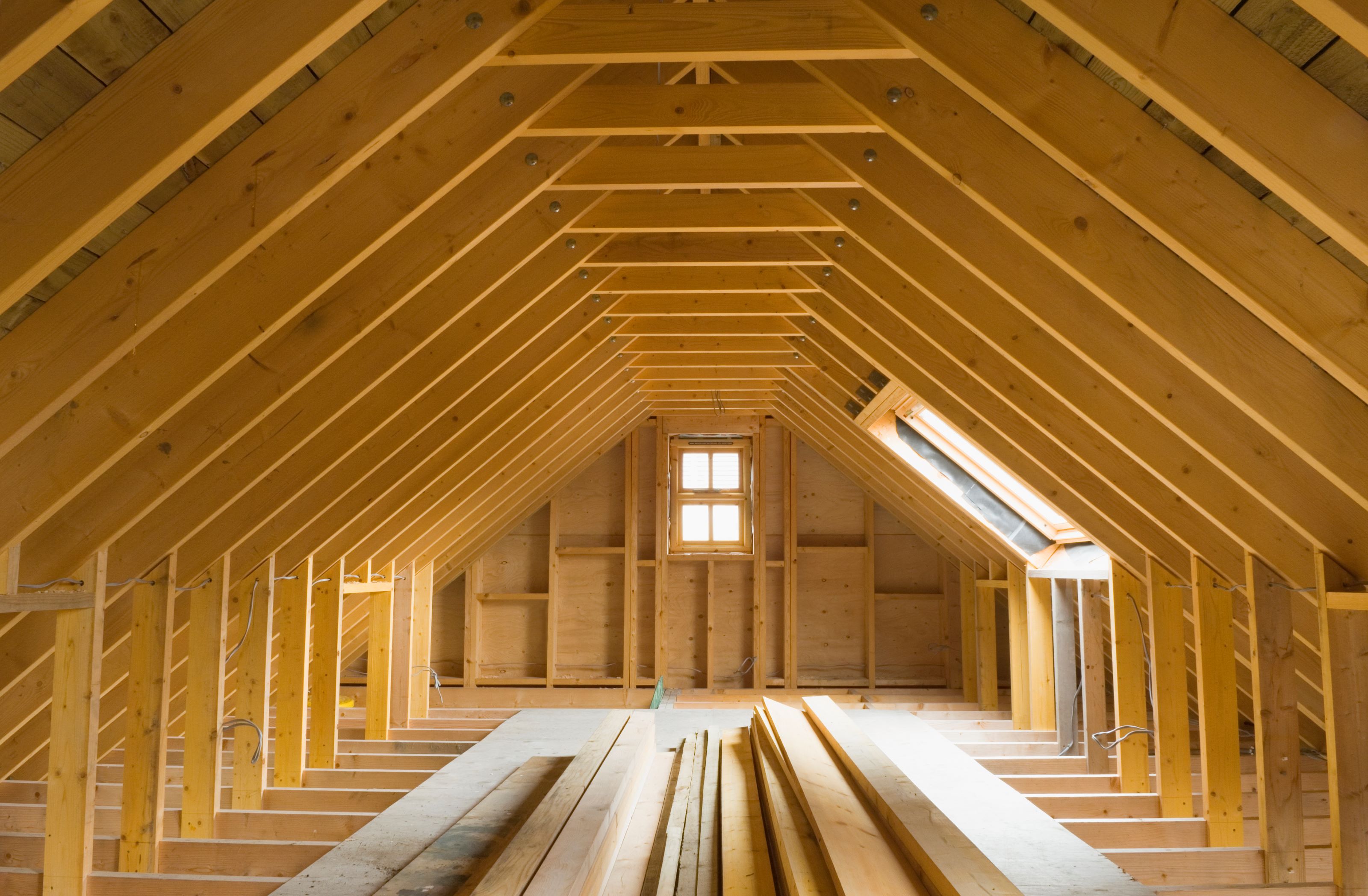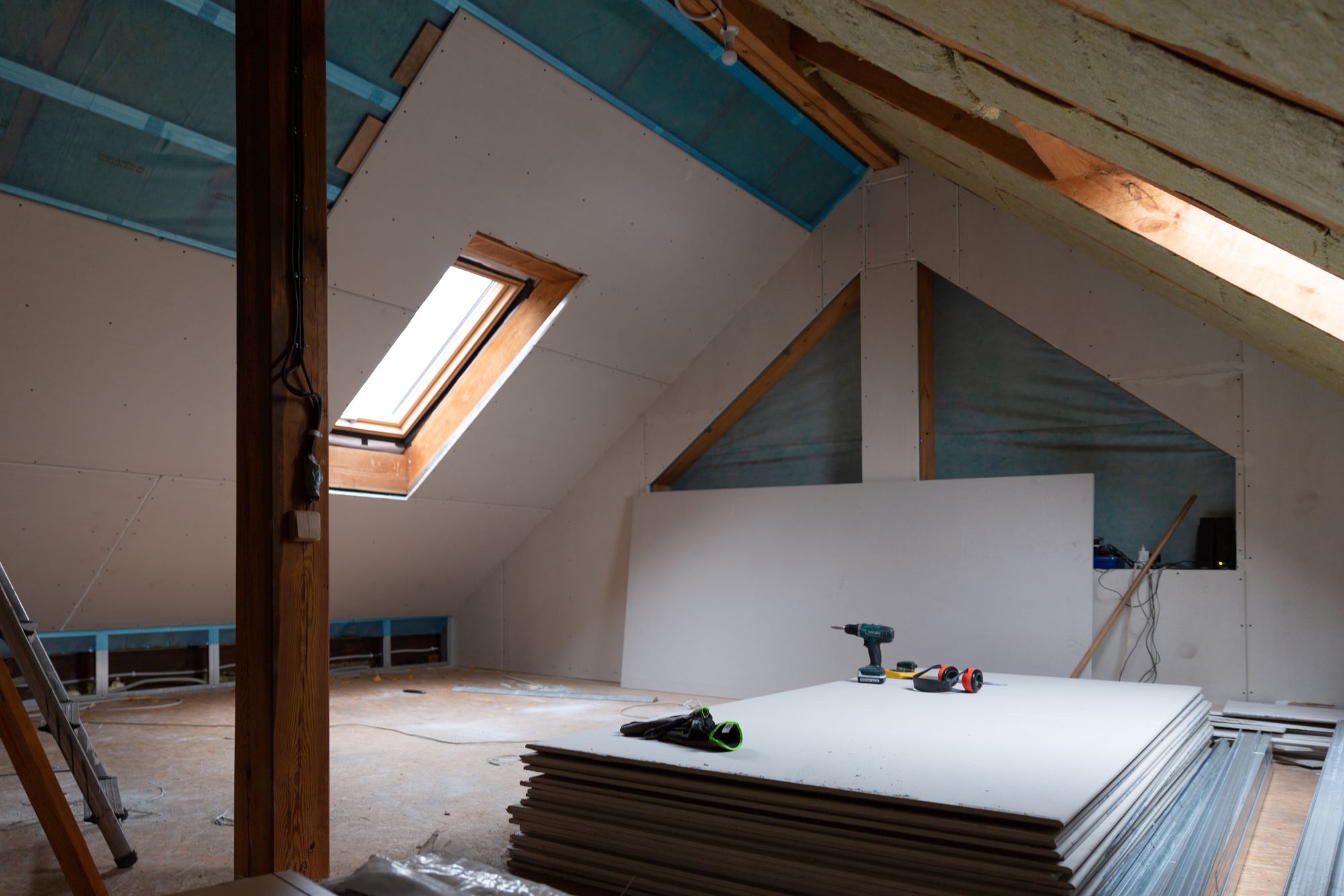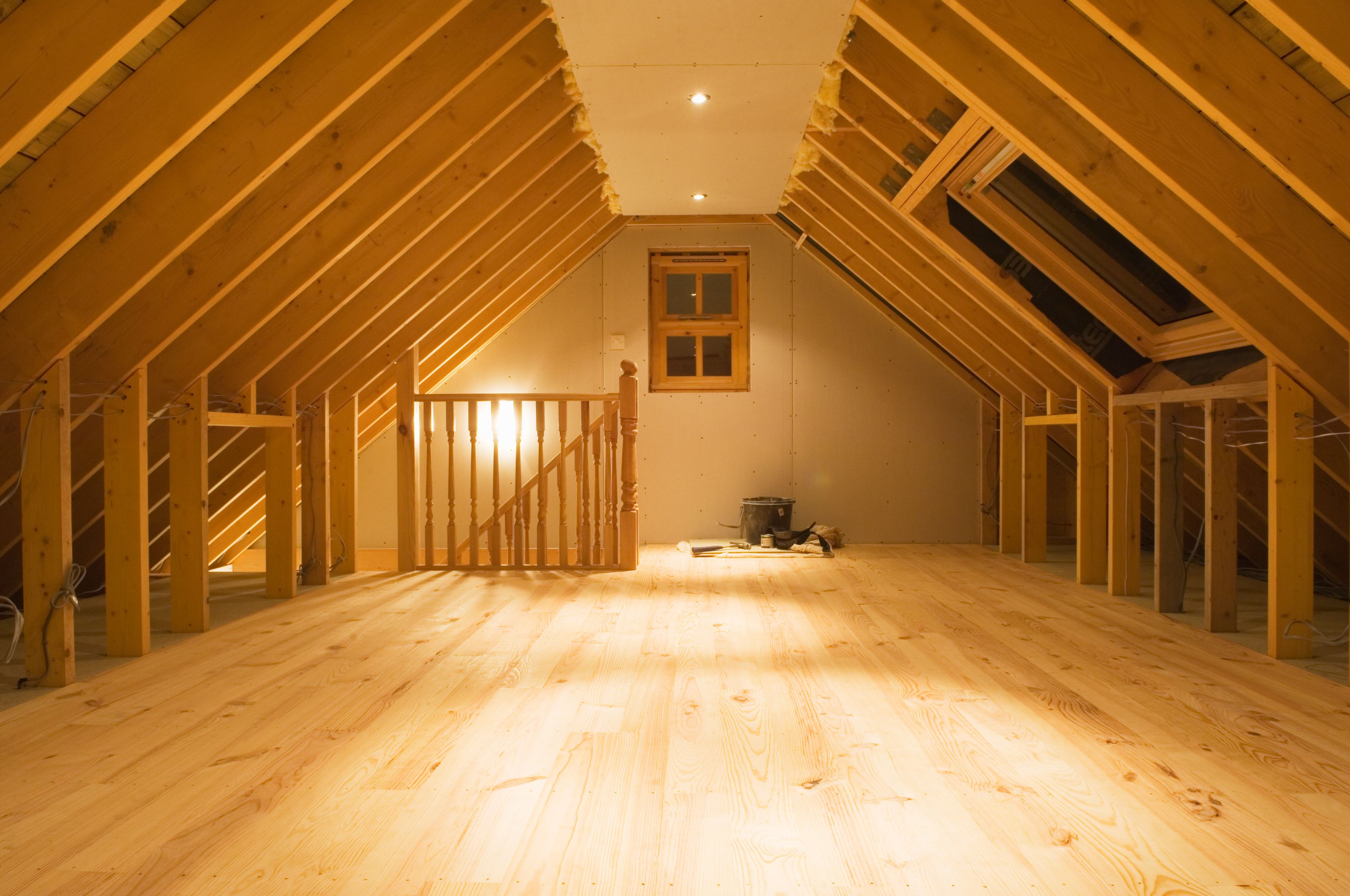Do you need planning permission for loft conversions? Our expert explains all
If you want to convert your attic into a usable space, you first need to know if you require planning permission or if it falls within permitted development. Here's our expert guide

'Do you need planning permission for a loft conversion?' is one of the first questions you should ask yourself when assessing the potential of your attic space.
In many circumstances, it is possible to go ahead with the works under permitted development rights but whether or not these apply are very much dependent on your home, its location and what your intended project would include.
Here our planning expert Simon Rix digs into the detail of planning permission for loft conversions, explaining when you might need it, when you might not, as well as your options and how much it might cost if you need to apply for planning.
Do loft conversions require planning permission?
In most areas of the country, but not all, it is often possible to design a loft conversion that does not require a planning permission and a formal planning application, in that it comes under 'permitted development'.
There are certain criteria your conversion would need to meet to qualify for this, and these are covered below, but even if your scheme does qualify, you’d be well advised to get this fully confirmed by applying to your local council for a Lawful Development Certificate first.
This will give you a cast-iron written confirmation that what you are planning to do does not require a planning application.
Even if you think you are sure, you don’t want to risk of undoing all the work, and any future mortgage lender or purchaser will probably want to see a Lawful Development Certificate, so it’s well worth asking a professional planning consultant to submit an application for one for you or investigate making one yourself (this may require elevation drawings and site plans so you would need to be able to do this to go down the DIY route).

Can I build my loft conversion under Permitted Development rules?
When assessing whether of not you can convert your loft under permitted development rules, you need to ask yourself the following questions:
1. Is your home right for permitted development? Some aspects are obvious. For example, if your home is a flat you will need to apply for planning permission in the normal way. Other aspects are not so obvious. For example, your home must not have been built, extended upwards or converted into residential use via other permitted development rights at any point in the past.
2. Is your house in one of the areas where loft conversion permitted development rights don’t apply? These can include anywhere formally designated as an Area of Outstanding Natural Beauty, or the Broads, or a National Park, or a World Heritage Site area, or a conservation area or some other area that your local council may have formally decided to withdraw permitted development rights from. It’s not an easy job seeing if where you live falls into any of these areas, so I’d really recommend getting professional help to be sure.
3. Does you home fulfill the size guidelines? If your home has passed the above permitted development rights tests, then to avoid the need for a full planning application, you need to make sure that your design does not increase the size of your roof space by more than 40 cubic metres if you live in a terraced house, or 50 cubic metres for other houses.
Both these measurements are compared to the 'original' roof space, i.e. the size of the roof on 1st July 1948 if the house was built before that date, or when it was first built if the house was constructed after then. Any roof space extensions since, will have eaten into your allowance.
4. Do you need to change anything externally? You will also need to use materials that look similar to those used on your existing house, and you will need to avoid making any point of the roof higher than its current highest point.
You must not include any installation, alteration or replacement of any chimney, flue, or ‘soil and vent pipe’. And any side-facing windows must be obscure-glazed. Also, if any window is less than 1.7 metres from the floor in which they are in, they must not be openable.
5. What is the position of your loft conversion? To benefit from permitted development rights, apart from hip to gable roof conversions, extensions will also need to be set back at least 200 millimetres from the eaves, as far as practicable, measured along the roof slope from the outside edge of the eaves.
6. Are you making changes to the principle elevation? You won’t be allowed to extend the roof beyond any existing roof slope that is on the 'principal' elevation of your home, if that roof itself fronts the highway. Which elevation is the principal one is usually obvious, but not always, so if in doubt get some advice.
These restrictions may seem numerous, and there are a few more below, but remember they are only limits on when you can use permitted development rights. They do not necessarily mean you wouldn’t be able to get permission via the normal planning application route, so don’t give up if what you want is outside these parameters. Ask a planning consultant if the planning policies that apply to your area would allow you to get a regular planning consent through.

What types of loft conversion are likely to require planning permission?
When it comes to converting your loft into a usable room, the internal strengthening issues are a matter for building regulations approval and are of course a vital final step, but the issue of whether you need full planning consent or not is often dependent on what you do to the shape of your roof and there are various options available when it comes to this. The type of loft conversion will have a bearing.
A so-called mansard loft conversion involves raising the side walls of your house and often the ridge height of the roof, and also changing the angle of the roof planes so they are much steeper at the sides but with a flat top section. This type of change will almost always require a planning application.
A hip-to-gable loft conversion is where an inwardly slanted end roof is straightened to create a vertical wall, to allow extra space within a loft. If this can be done without protruding the roof further forward from any existing principal elevation roof that faces the highway, then as long as all the other criteria mentioned in this article are met, you should be able to design this type of conversion to comply with permitted development rights.
The same applies to dormer loft conversions and those that simply need a 'flat' Velux-style rooflight window, though to benefit from permitted development rights you need to make sure rooflight doesn’t protrude out more than 150 millimetres from the plane of the existing roof slope.
You can read more about this in our guide to 'is my loft suitable for conversion?'.
Do I need planning permission when adding a balcony to a loft conversion?
A balcony is defined as a platform with a rail, balustrade or parapet projecting outside an upper storey of a building. These are not allowed if you want to rely on permitted development rights, so a normal planning application would be needed.
That said, the Government’s technical guidance says that a ‘Juliet’ balcony, i.e. where there is no platform and therefore no external access, would normally be permitted development.

How much does it cost to apply for planning permission for a loft conversion?
A loft conversion planning application submission fee is currently £238 — though this is set to rise.
You are likely to also need to factor in the following fees:
- Planning consultant’s advice and support if needed: from £500
- Structural survey if needed: around £1,500
- Design work and drawing production: about £2,000 or more depending on the complexity of the scheme.
If you are using the permitted development route you will still probably need most of the above, but instead of the £238 planning applications submission fee, you will need to pay £128 for the Lawful Development Certificate application.
Do I need a planning consultant if considering a loft conversion?
Costly mistakes can be avoided later in the process if you get the right advice for your specific home up front and that means talking to a professional planning consultant. I give a free initial consultation and that can help identify what can be achieved and also what then needs to be done and when. Most planning consultants should do the same.
Get the Homebuilding & Renovating Newsletter
Bring your dream home to life with expert advice, how to guides and design inspiration. Sign up for our newsletter and get two free tickets to a Homebuilding & Renovating Show near you.
Simon Rix is a professional planning consultant, who began his career working in local government in the 1990s. He was a council officer and later an elected councillor, so he knows how the planning system works from both sides. He went on to set up Planix.UK Planning Consultants Ltd; a consultancy company that advises self builders, home extenders and those taking on small to medium-sized building projects on planning permission.

